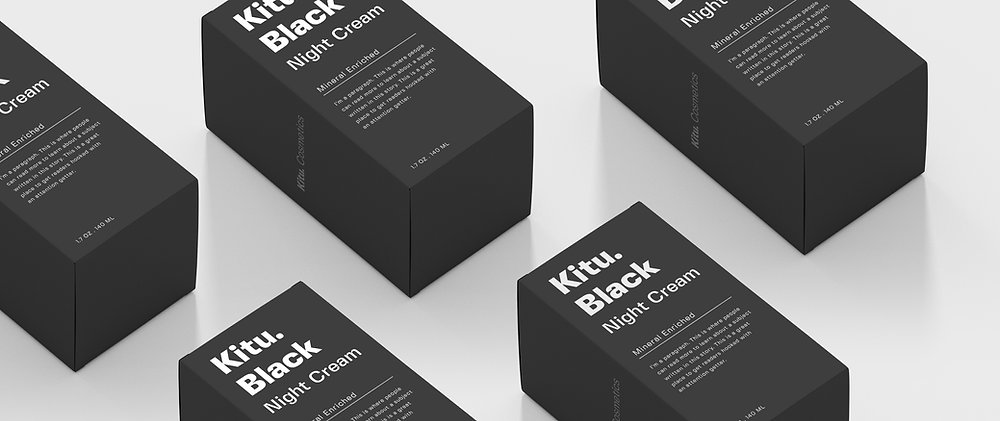
So what exactly is a trademark? I have taken all of you on a complicated ride through thoroughbred racetracks and geography; now its time to travel back in time to a better starting point. What is a trademark?
I’m sure it seems pretty basic to everyone. But to eventually get into all of the unexpected twists and turns of the trademark registration and prosecution process, I will get back to this basic question. As you stumble into work each morning, carrying a purse, a tote bag, 48 oz. of alkaline water to satisfy your doctor, a computer in the tote, a grocery bag of almonds and dried figs, sunglasses balanced on your head smartly holding your hair back, and all while balanced on stilettos and holding the precious magic in a Starbucks® cup, you find yourself wondering about the ® on the cup. (Am I alone here? I didn’t think so.) You’ve probably asked yourself, “why use the ® and not the ™? Isn’t the ™ cuter? And what in the world is ℠?” It is a lot to think about, and that is why intellectual property attorneys exist.
Trademarks are generally known as marks that show ownership of a name or logo. However, trademarks are much more broad than this. Yes, trademarks are used to show ownership of names and logos, but they can also be utilized to show ownership of words, phrases, designs, sounds, and sometimes even scents.
A trademark is used to distinguish the source of the good or service from others. Many new clients come to me with the assumption that forming a corporation or LLC will provide their business names with trademark protection. However, corporations are filed with individual states, and these filings only prohibit others from filing the exact same name for the same type of organization in the same state. As you can see, this protection is severely limited, especially for businesses that sell online or franchise throughout several states. A corporation or LLC filing does not protect you from others filing names that are confusingly similar, nor does it offer you protection outside your state of registration. You have correctly guessed that trademarks do all of the things that corporate filings cannot. But I have promised to keep my posts shorter, so that is for another day.
So what about the ™, ℠ and ®? Believe it or not, the ™ is actually legally insignificant. You can start using the ™ symbol next to your business name or logo without even registering the name or logo. However, this is not my suggested approach, because you will not be afforded the protection of an actual registration. I typically suggest to my clients that they add the symbol once I have submitted the application. At that point, I think it is well worth the time and effort for my clients to call their graphic designers and have the symbol added. I am clearly a fan of trademarks, and I don’t like the use of the symbol until the application is actually filed. At that point I get to tell my client that its time to add the ™, and it feels like a mini celebration together. It’s a right of passage in some ways. While ™ technically identifies that the mark is a good, it can also be used to identify services.
The ℠ mark is used to identify and distinguish, just like the ™, but it specifically identifies that the protected name or logo is providing a service, rather than a good. As mentioned earlier, you are still free to use the ™ even when your business is technically a service. I actually find that many clients prefer to use the ™ even though they sell a service. I think this is because people generally find the trademark symbol to be more recognizable than the service mark.
Finally, the ® is used to identify goods or services that have successfully completed the long and complex process of trademark application and prosecution. Unlike, the ™ and the ℠, the ® is not flexible and may only be used upon the final registration of the mark. That being said, I sometimes have clients who still prefer to use the ™ after successful registration, and that is legally acceptable. So tomorrow morning as you carry your Starbucks® cup into work, you can smile at it and know it was successful (not surprising) in its trademark prosecution.
Disclaimer: This blog/website is intended to be published for educational and entertainment purposes and to give readers a general idea of the law of trademark. This blog/website is not intended to give any specific legal advice or to target a specific person. Readership of this blog cannot create an attorney-client relationship between you and the publisher. This blog should never be used to substitute the seeking out of personal, legal advice. The discussion of an existing or potential trademark shall not be taken as an endorsement by creative law studio, nor shall the same be taken as an endorsement of creative law studio. The discussion of specific trademarks does not mean that creative law studio is a record attorney for such trademarks.





